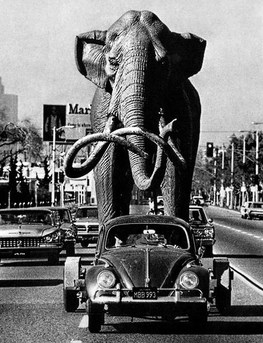
Almost a year ago, I wrote this post about some purportedly late radiocarbon dates for mastodons and mammoths that are being used as "evidence" for the accuracy of the Book of Mormon (BOM). The BOM (Ether:16-19) describes elephants in the New World at what would have been about 2500 BC. The current scientific consensus, however, is that mastodons and mammoths did not survive in the Eastern Woodlands past about 9500 BC. While Mormon scholars continue to cling to a small suite of Holocene radiocarbon dates to argue for much later survivals, it's pretty clear that those anomalously young dates are probably attributable to either contamination, context/association problems, or both. I provided a table of five radiocarbon dates that seem to be embraced by Mormons not because they are good science, but because they remain the "best fit" to the Jaredite time period. No-one else takes those dates seriously. They're probably mistakes.
Mastodon Remains. In a long list of fauna from Devil's Den, there is a single entry for Proboscideans: "2 vertebrae, a last cervical vertebrae and an anterior thoracic" from juvenile mastodons.
Dating and Associations. The age estimate of 7000-8000 BP pertains to an entire fossil assemblage, not just the mastodon remains. While it is not exactly clear how this age estimate was produced (this description sources an unpublished research paper by H. K. Brooks that purportedly references radiocarbon dates, but no specifics are provided), it seems that the young age is not generally accepted by paleontologists in Florida and elsewhere. An age of 7000-8000 BP for the entire Devil's Den assemblage would mean that horses (Equus), saber-toothed cats (Smilodon), giant ground sloths (Megalonyx), Florida spectacled bears (Tremarctos floridanus), and dire wolves (Canis dirus) were running around in Florida at about 6700-5700 BC. There is no other evidence, at archaeological sites or elsewhere, for those species surviving into the Middle Archaic period in Florida or anywhere else.
The long and short of it is that it appears there's good reason to view the late dates of Devil's Den fossil assemblage with significant skepticism. If it's good evidence for a late survival of mastodon, it's good evidence for a late survival of an entire "Pleistocene" fauna that has no precedent elsewhere. A simpler explanation is that the age estimate for the assemblage is not accurate. As Butler suggested in his email to me, this assemblage would seem to be a prime candidate for re-dating using modern AMS methods. I wrote the following in my original post:
One final note to show you how these things fit together: Dr. John Sorenson, an advocate of late mammoth/mastodon survivals and one of the primary defenders of the historicity of the BOM, is a prominent advocate for pre-Columbian transoceanic contact in the Ancient Artifact Preservation Society, the hyperdiffusionist organization backing the "100 percent confirmed Roman sword from Nova Scotia" that turned out to be a piece of modern brass tourist kitsch. Maybe we should do a blood residue analysis on the sword and see if it was used to kill mastodons. Finally . . . it all makes sense!
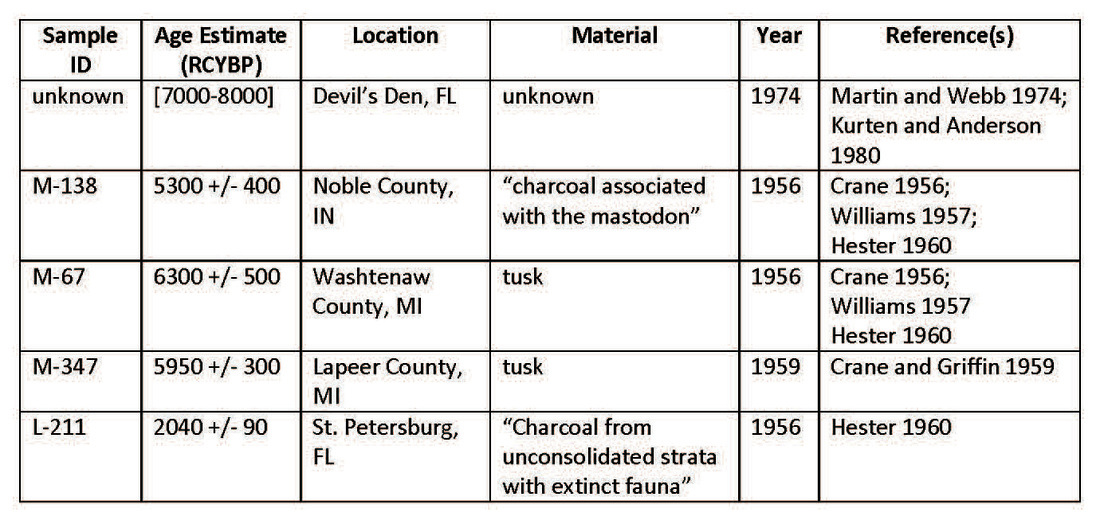
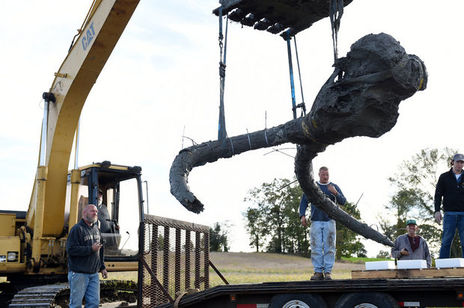

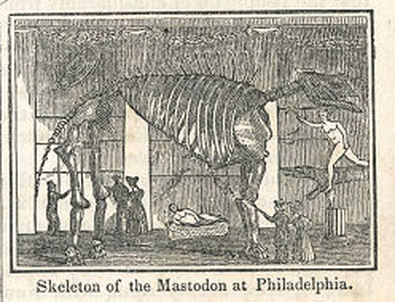
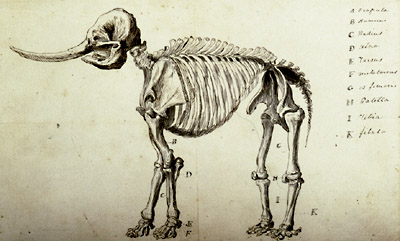
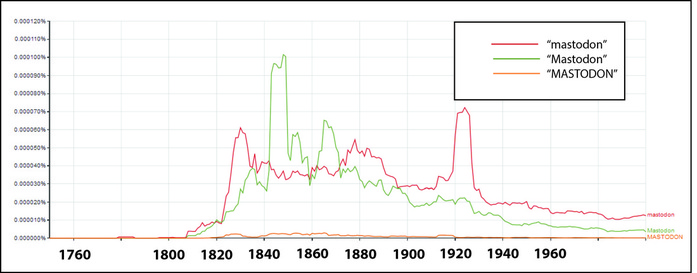
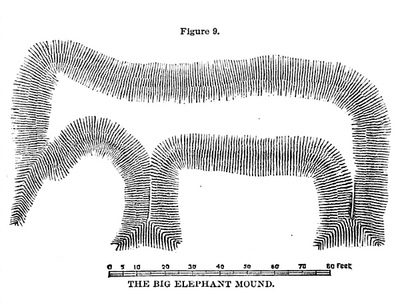
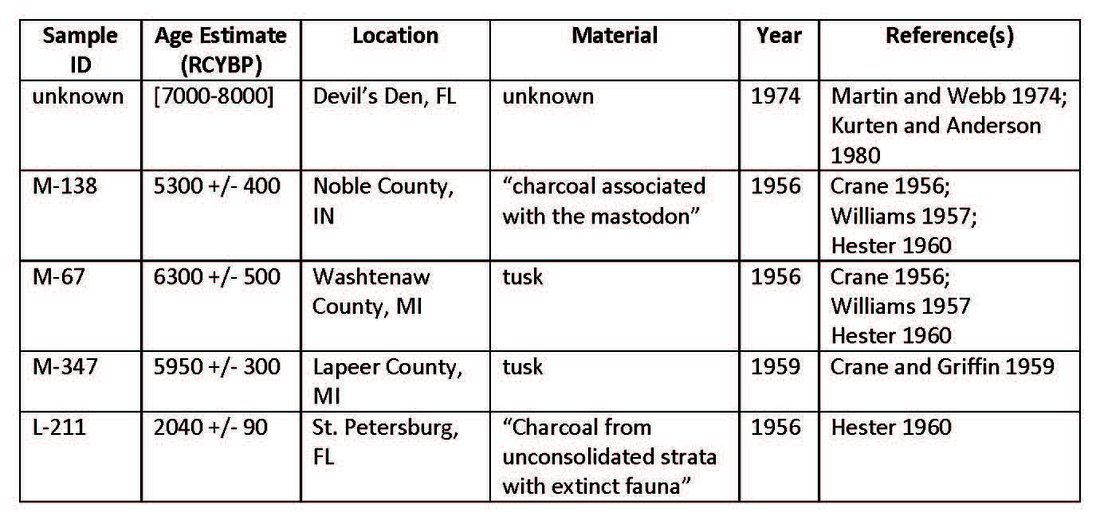



 RSS Feed
RSS Feed
